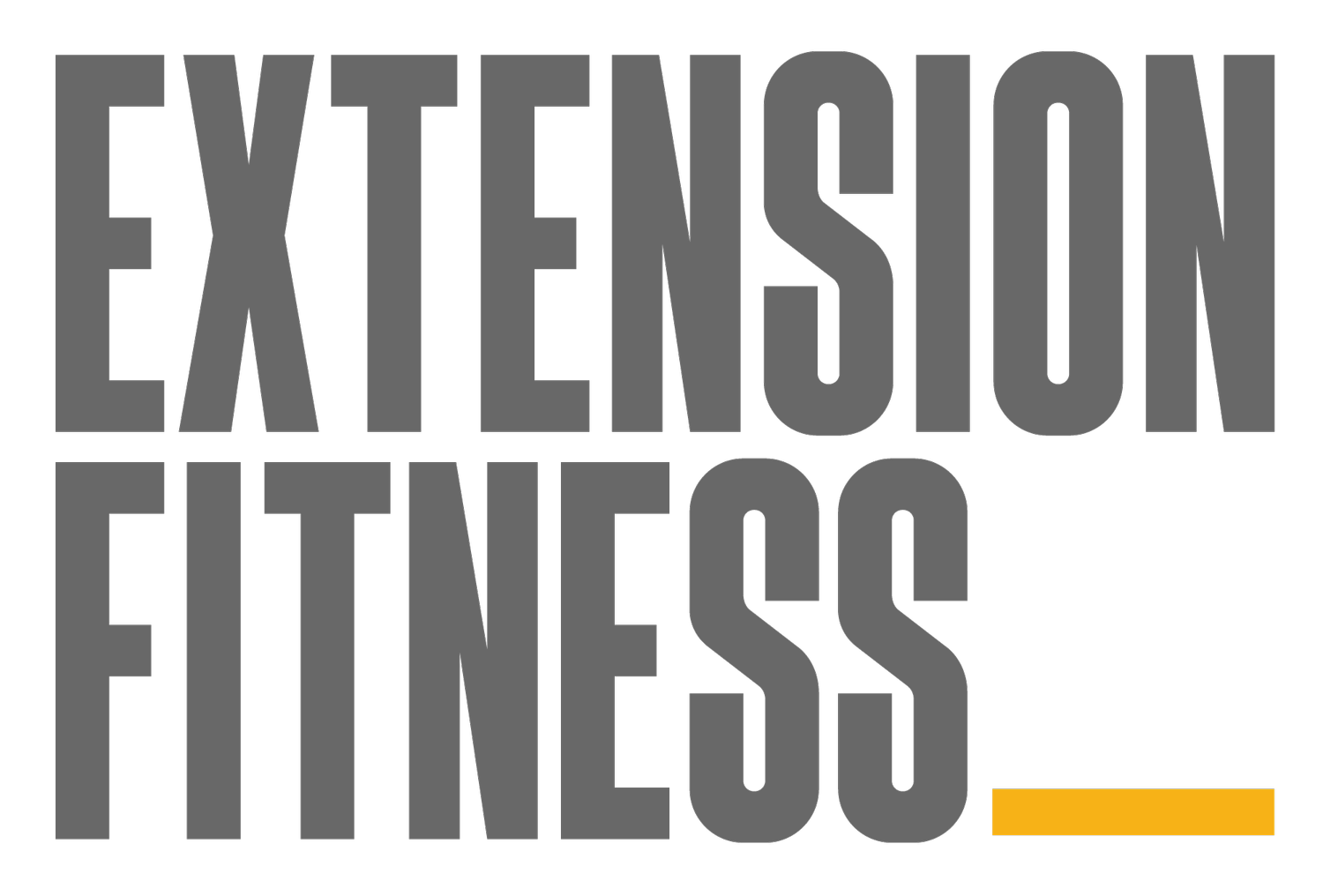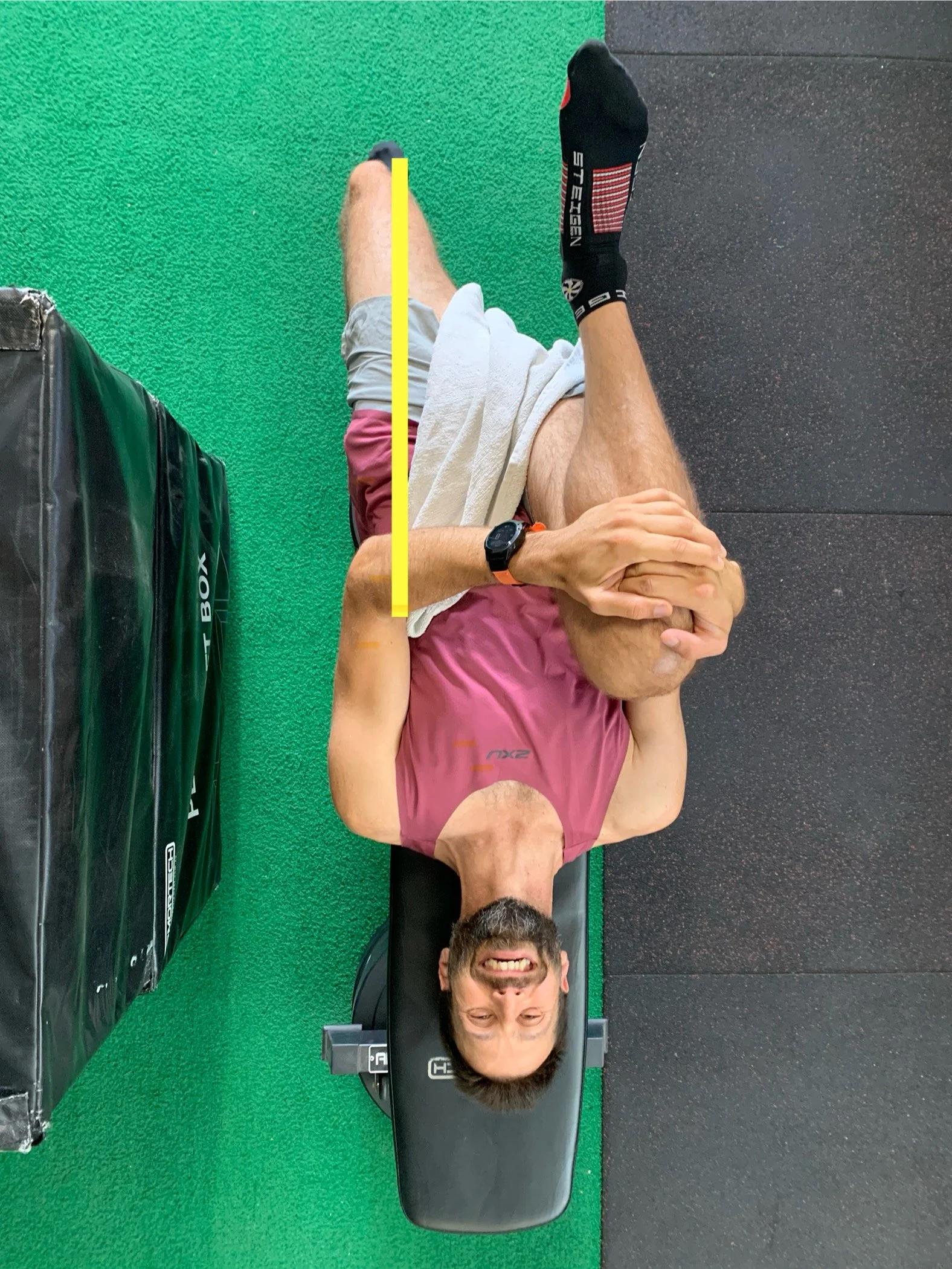Why runners need flexible hips and strong abdominal muscles
Key Point:
The running action involves rapid bending and straightening of the hips through a really large range of motion. To do this effectively, there needs to be good flexibility in the muscles surrounding the hips as well as strength in the abdominal and back muscles - in particular the muscles which flex the spine.
Stretching has gotten a bit of a bad name in recent years. This is because some research has shown that the effect of stretching on sporting injuries like muscle strains and ligament sprains is far less than one may expect given how entrenched pre-training and pre-game stretching has become.
Also, it has been shown that stretching can have a negative effect on power. For these reasons, stretching has fallen upon hard times such that many people - in my opinion - are now irrationally biased against it.
But this research needs to be interpreted with a grain of salt. Firstly, there is the issue of widespread poor research methodology in contemporary academia. I have written about that here.
An implication of this issue is that research findings cannot simply be taken on face value.
Secondly, the studies which showed reduced power output after stretching were in the context of short distance sprinting and middle distance running. These have limited applicability to long distance training and racing - where “long distance” means over 1500m.
Also, it matters whether or not the research subjects started out with sufficient flexibility to run with good technique or not. A cohort of fit and experienced runners is more likely to be flexible enough already, whereas a cohort of middle aged, white-collar workers who are new to running is less likely to have sufficient suppleness.
If we zoom out from this debate, and look at the running action, we can see that it involves rapid bending and straightening of the hips through a large range of motion. It stands to reason that a person who does not have that range of motion may benefit from increasing their flexibility.
What’s more, stretching is very, very low risk and often not time consuming. It is also relaxing for many people and can be incorporated into activities like watching TV or reading. It may or may not HELP, but it is almost certain it will do no harm.
Here’s what I think. You should try it out and see whether you feel it helps YOU. Especially if your favourite events are over 1500m, or if you are struggling with overuse injuries.
Why should runners stretch? Watch this video to find out.
Another aspect of running performance is having strong abdominal muscles.
It is quite common for fatigued runners - or runners with weak abdominal muscles - to run with an excessive lumbar curve. This can mean that the hips go back - out of line with the ankles and shoulders - and the foot reaches out in front for the ground, as opposed to landing under the hips. The effect of this “over-reaching” or “over-striding” gait pattern is that there is continual de-acceleration and re-acceleration in the gait cycle. The brakes go on with each stride - this is not an efficient way to move.
When your abdominal muscles are strong, they can counteract the tendency for the lumbar spine to sit in excessive lordosis. (For the technique geeks: this is via resisting the lordosing action of the iliopsoas muscles on the lumbar spine). This means you can maintain a more erect position, which has a positive effect on where your foot lands in relation to your hips. You end up “hitting the ground running” and not slamming on the brakes with each stride.
How can I assess my hip muscle flexibility?
Position yourself in the pictured setup. This is called The Thomas Test.
Hug your knee to your chest so that your low back is flat on the bench, and your legs are relaxed.
The Thomas Test
The Thomas Test (from above - without strategic draping…). From this angle you can check adductor and ITB length/flexibility
This position allows us to assess four muscles/muscle groups:
LOOKING FROM THE SIDE - -
1 - HIP FLEXORS
Is the thigh parallel to the ground? Or is it on an angle? Ideally, we are looking for the thigh to sit 10 degrees under parallel, or greater. If the thigh is above parallel, this can mean the hip flexors are tight.
2 - QUADS (SPECIFICALLY RECTUS FEMORIS)
For this muscle, we are looking at the angle the shin bone (tibia) creates with a vertical line. Ideally, the tibia should be vertical. If the tibia can't get into this position, as is the case with me, this can indicate tightness in the rectus femoris (which is one of the four "heads" of the quadriceps muscle)
LOOKING FROM ABOVE - - (with strategically positioned testicular draping.......)
3 - ITB/HIP ABDUCTORS
Compare the thigh bone (femur) position to a line travelling straight up and down the body (see yellow line in the photo).
If the thigh bone (femur) sits on an angle to the side, this can indicate tightness in the ITB/Hip Abductor muscles.
4 - GROIN/HIP ADDUCTORS
Compare the thigh bone (femur) position to a line travelling straight up and down the body (see yellow line in the photo).
If the thigh bone (femur) sits on an angle to the INSIDE, this can indicate tightness in the Groin/Hip Adductor muscles.
So, how can I stretch out my hips muscles?
In countless ways. But here’s some little videos of common stretches for the major muscle groups surrounding the hips.
Hip Flexors
Hamstrings
Glutes in 90-90 position
Adductors (Groin Muscles)
Quads (Especially “Rectus Femoris” which crosses the hip joint)
And how can I strengthen my abdominal muscles?
Again, there are more exercises than grains of sand on the beach. Here’s some exercise ideas.
Flutter Kicks
Sit Up and Punch
Bent Knee Raises


